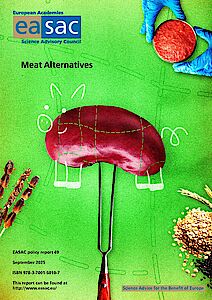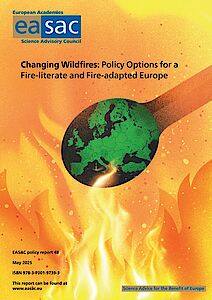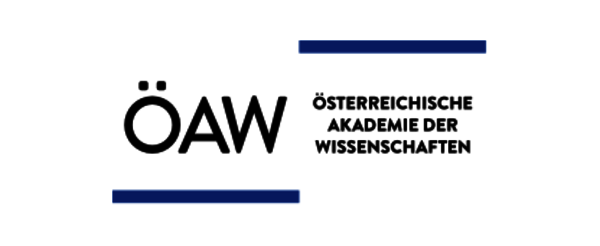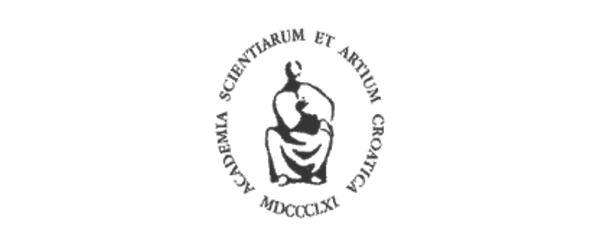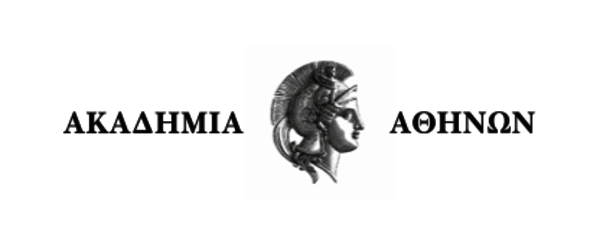Publications
Proposal for a Directive Relating to Arsenic, Cadmium, Mercury, Nickel and PAH
Abstract:
Briefing on the European Commission Proposal for a Directive relating to arsenic, cadmium, mercury, nickel and PAH (fourth daughter directive under the Air Framework Directive) COM (2003) 423.
SUMMARY
In this document, the Commission sets out the case for action on a number of important environmental pollutants within the EU and suggests target levels for their atmospheric concentration. The scientific rationale for the proposal was provided by a series of Technical Working Groups each chaired by experts from the member states. In preparing the proposal, the Commission consulted widely, including with the World Health Organisation (WHO).
In the case of a specific material, benzo(a)pyrene (BAP), a polycyclic aromatic hydrocarbon (PAH), the Commission suggests a regulation to ensure that levels in the EU do not exceed the target level. For the other materials, the Commission proposes a regime of monitoring and assessment in order to determine Ref: E1/2003atmospheric concentrations and deposition levels in the EU. It also makes provisions for reporting this information to the Commission and to the public in member states. The document includes a draft Directive for bringing these proposals into EU law.
There is a broad consensus amongst the EASAC reviewers that this draft Directive from the Commission is underpinned by a sound and up-to-date understanding of the current state of knowledge about these materials and their effects. It is considered to be consistent with the best current international scientific consensus, contained in the Environmental Health Criteria (EHC) published by the International Programme on Chemical Safety (IPCA). The IPCA was set up under the United Nations, with sponsorship from the UN Environment Programme, the International Labour Organisation and the World Health Organisation (WHO), and is widely recognised as an authority on issues of chemical safely.
In the opinion of the reviewers, the statement provided by the Commission in support of its proposal is a good reflection of the current understanding. The substances covered by the Directive are known or strongly suspected to be harmful to human health in certain circumstances, and proposals aimed at managing them need to given serious consideration. There is a shortage of information about environmental levels of these materials and it is the opinion of reviewers that the provisions for assessment are useful and should lead to improved understanding. It will be important to ensure that assessment is consistent across member states and that it is backed by high quality measurement
back to overview

